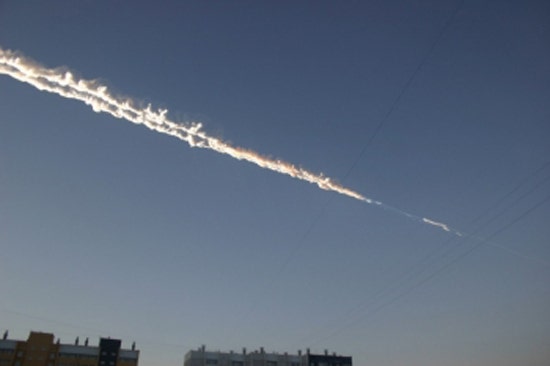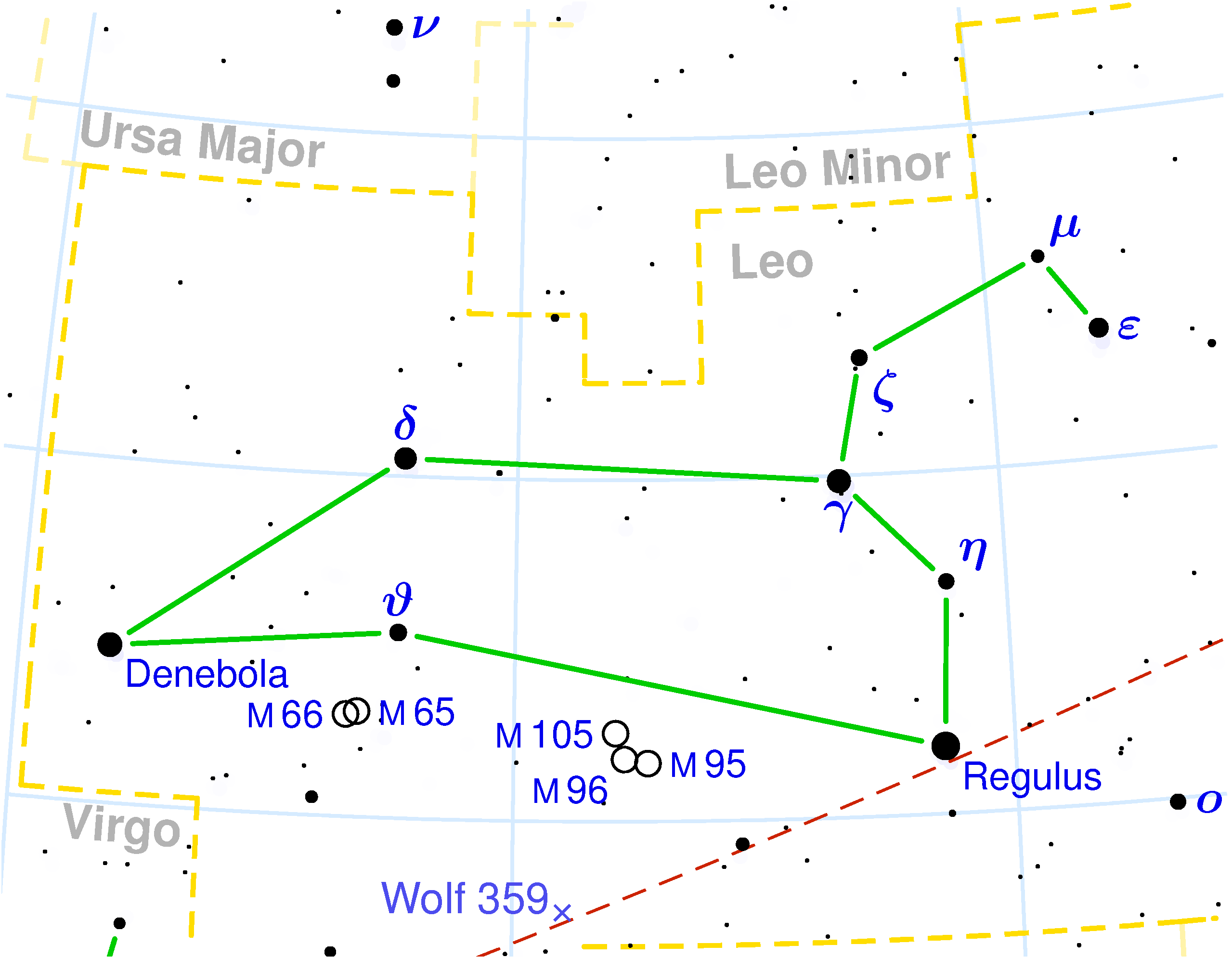
QOTW 21
Check this website for news about Comet L4 PANSTARRS. The weather doesn't look good for observing from Portland but please give it a try. From the website tell me when and what direction to look for the comet.



 QOTW 19
QOTW 19 QOTW 18 The meteor that exploded over Russia last week was the largest one to hit the earth since 1908. Check this article from the Wall Street Journal to find its weight and how the explosion compared with the atomic bomb dropped on Hiroshima to end World War II.
QOTW 18 The meteor that exploded over Russia last week was the largest one to hit the earth since 1908. Check this article from the Wall Street Journal to find its weight and how the explosion compared with the atomic bomb dropped on Hiroshima to end World War II.
 QOTW 17 Night time photo of the United States from NASA. Check this link for the original. I drove from Portland to Pasco, WA Friday after school and saw far more stars than I ever do from Portland. Do your best to find Portland and Pasco in the image and then tell me why I enjoyed excellent stargazing before I reached Pasco.
QOTW 17 Night time photo of the United States from NASA. Check this link for the original. I drove from Portland to Pasco, WA Friday after school and saw far more stars than I ever do from Portland. Do your best to find Portland and Pasco in the image and then tell me why I enjoyed excellent stargazing before I reached Pasco.
 QOTW 16
QOTW 16  QOTW 15 A giant sunspot is shown both in a photo and a video on this website. The sunspot has already emitted a large solar flare. Read the article to tell me what effects from the flare may be felt on earth.
QOTW 15 A giant sunspot is shown both in a photo and a video on this website. The sunspot has already emitted a large solar flare. Read the article to tell me what effects from the flare may be felt on earth.
 QOTW 14 Jupiter is easy to find on these cold, clear nights: it is the brightest object in the sky (except for the sun and moon). Look southeast around 7 PM and find Orion's belt. Follow the line of the belt to the left and see the bright star Sirius. It is the brightest star in the constellation Canis Major (Big Dog). Start back at Orion's belt and look about an equal distance in the opposite direction and find bright Jupiter in the horns of Taurus the bull (one of the constellations of the Zodiac). Check this NASA website to find the range of temperatures and tell why Jupiter is not a likely candidate for a colonization. (There are many reasons--I just want the temperature range.)
QOTW 14 Jupiter is easy to find on these cold, clear nights: it is the brightest object in the sky (except for the sun and moon). Look southeast around 7 PM and find Orion's belt. Follow the line of the belt to the left and see the bright star Sirius. It is the brightest star in the constellation Canis Major (Big Dog). Start back at Orion's belt and look about an equal distance in the opposite direction and find bright Jupiter in the horns of Taurus the bull (one of the constellations of the Zodiac). Check this NASA website to find the range of temperatures and tell why Jupiter is not a likely candidate for a colonization. (There are many reasons--I just want the temperature range.)
 QOTW 13
QOTW 13 QOTW 12 This image of the Orion Nebula comes from NASA/ESA. It is easy to spot on a clear night: find Orion, his belt, and his sword hanging from his belt. The nebula is the brightest part of Orion's sword. The view is much more impressive with binoculars or a telescope. The Orion Nebula is also known as M42. Check here to answer, "What does the M in M42 stand for?"
QOTW 12 This image of the Orion Nebula comes from NASA/ESA. It is easy to spot on a clear night: find Orion, his belt, and his sword hanging from his belt. The nebula is the brightest part of Orion's sword. The view is much more impressive with binoculars or a telescope. The Orion Nebula is also known as M42. Check here to answer, "What does the M in M42 stand for?"
 QOTW 11
QOTW 11